- Health Is Wealth
- Posts
- Cabasse The Pearl Akoya: the complete Review
Cabasse The Pearl Akoya: the complete Review
An increasingly compact sphere. In October 2019, Cabasse presented a reduced version of its excellent Pearl. A few weeks later, there it is commercially available. Although still very high-end, it is much more accessible than the first of the name with a price of 1,490 euros per unit, against 2,790 euros for the original.This Cabasse The Pearl Akoya review can give you more info about this product.
To bring the technology of the imposing Pearl into an object equivalent to the size of a bowling ball (we go from 32 to 22 centimeters in height), Cabasse necessarily reduced the airfoil on certain components. This is for example the case of the woofer: the woofer goes from 25 to 17 centimeters. Its travel is also more limited, reduced from 30 to 20 mm. The bass rendering is necessarily felt, since Cabasse announces bass frequencies of 20 Hz, instead of the 14 Hz of the original Pearl.
Always Cabasse’s tri-axial speakers
On the front remains the 2-way carbon coaxial speaker. The whole is still arranged in the same alignment as the woofer to use the tri-axial design dear to Cabasse. The whole thing is activated by an amplifier of 1,050 watts RMS (2,100 watts at peak) which provides a demonic power measured at 130.2 dB in our lab. Suffice to say that we can quickly tear a tympanum or put a neighbor back if we push the volume a little loud.
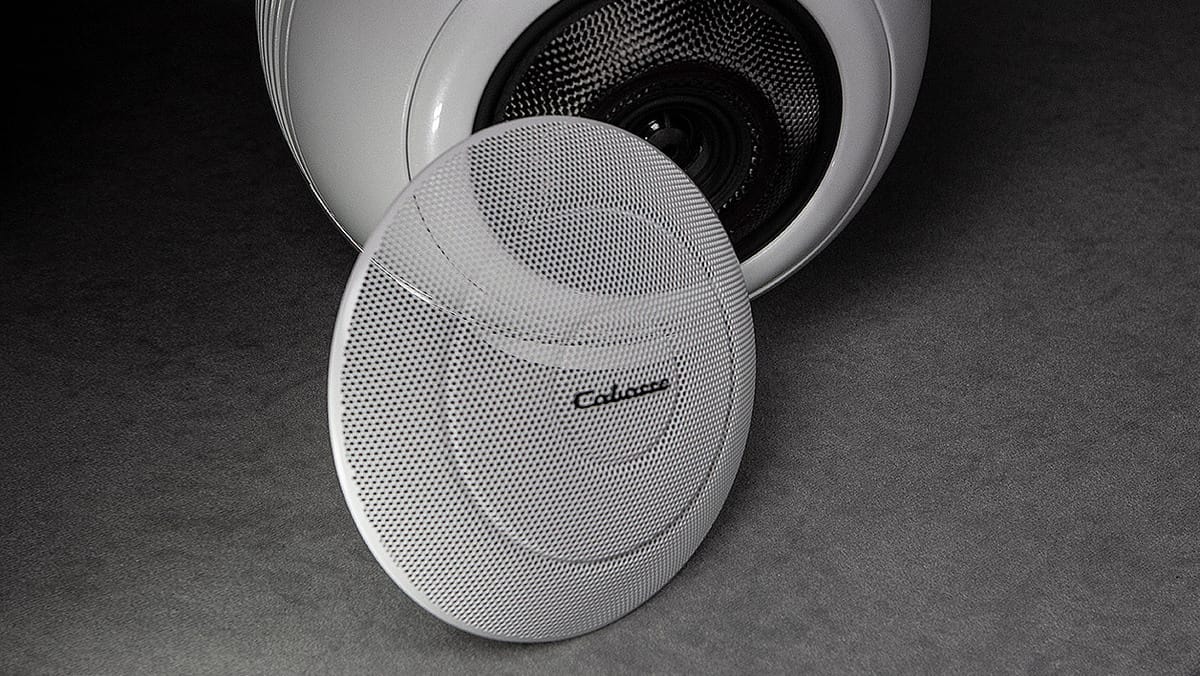
In accordance with what we expected, our frequency response curve shows that the bass is the least well represented (at more than 115 dB, however). It goes up quickly to the low mids, drops slightly to the high mids and then flies up in the treble.
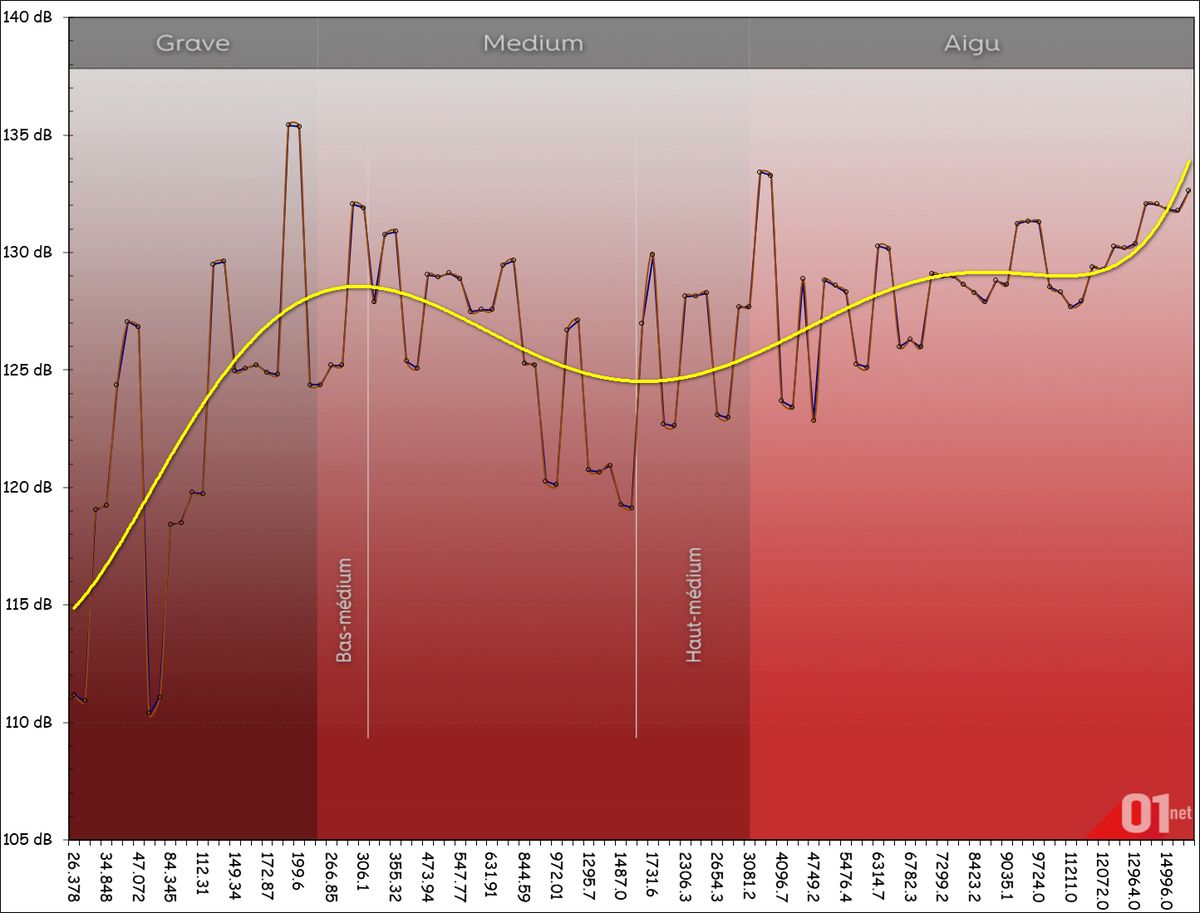
These measurements were however carried out without any calibration of the enclosure vis-à-vis its environment. As with Sonos, Cabasse’s Stream Control application offers to automatically adjust the equalization of the speaker to the acoustics of the room in which it is placed. If these values therefore give a good idea of the overall spirit of the speaker, they will certainly be different once the Pearl Akoya is installed in your living room.
Powerful bass despite the size
Indeed, our Review in real situation confirms our measurements. We were able to use a pair of Pearl Akoya for several days. The opportunity to see that Cabasse still masters his subject perfectly. Let those who love big sound be reassured, even with less power and a smaller woofer, these speakers continue to shake our walls impressively. The bass precision is still very successful, we feel that the dedicated speaker has been well designed, that it quickly comes back into place and thus avoids any unwanted snoring.
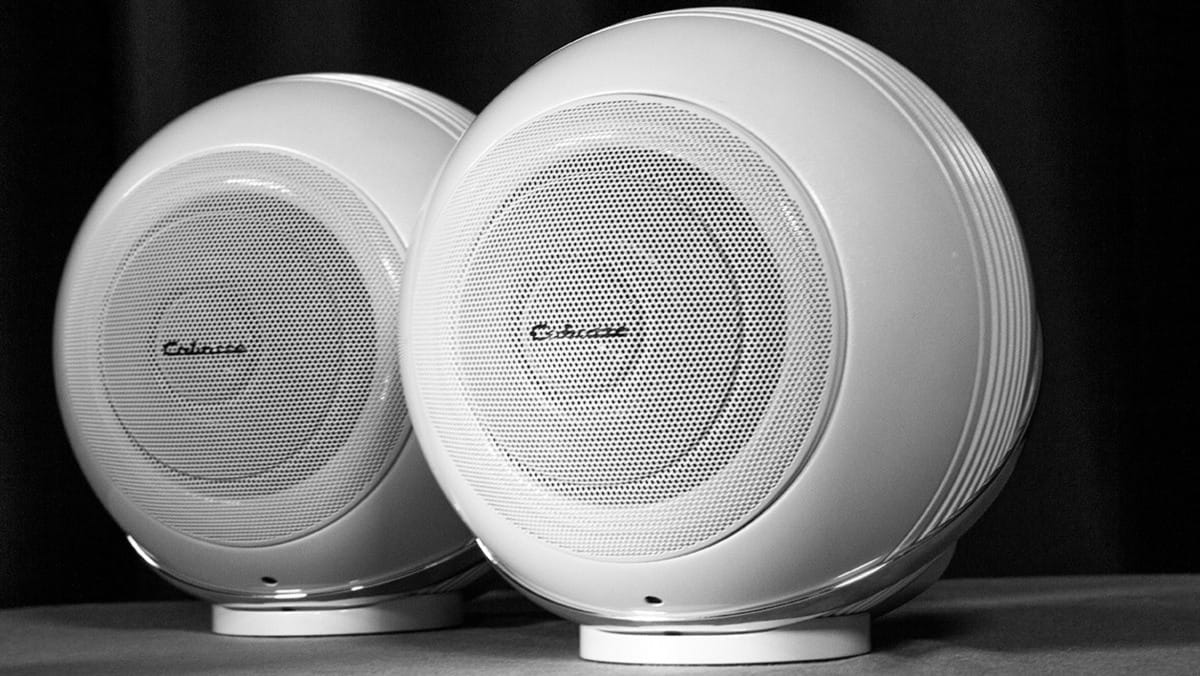
The rest of the spectrum is also very well treated. The voices are rich in nuances, the highs are full of details that will delight fans of cymbals and hi-hats. Even if the dynamics are less impressive than on the first Pearl, it is still a high-quality service that the French brand offers us.
We are once again clearly here in the hi-fi domain. Besides, it does not deceive when it comes to installing the speakers, it must be done very finely and each slight movement of a device will sound the whole differently. Installation by a professional is not to be excluded if you want to make the most of their potential.
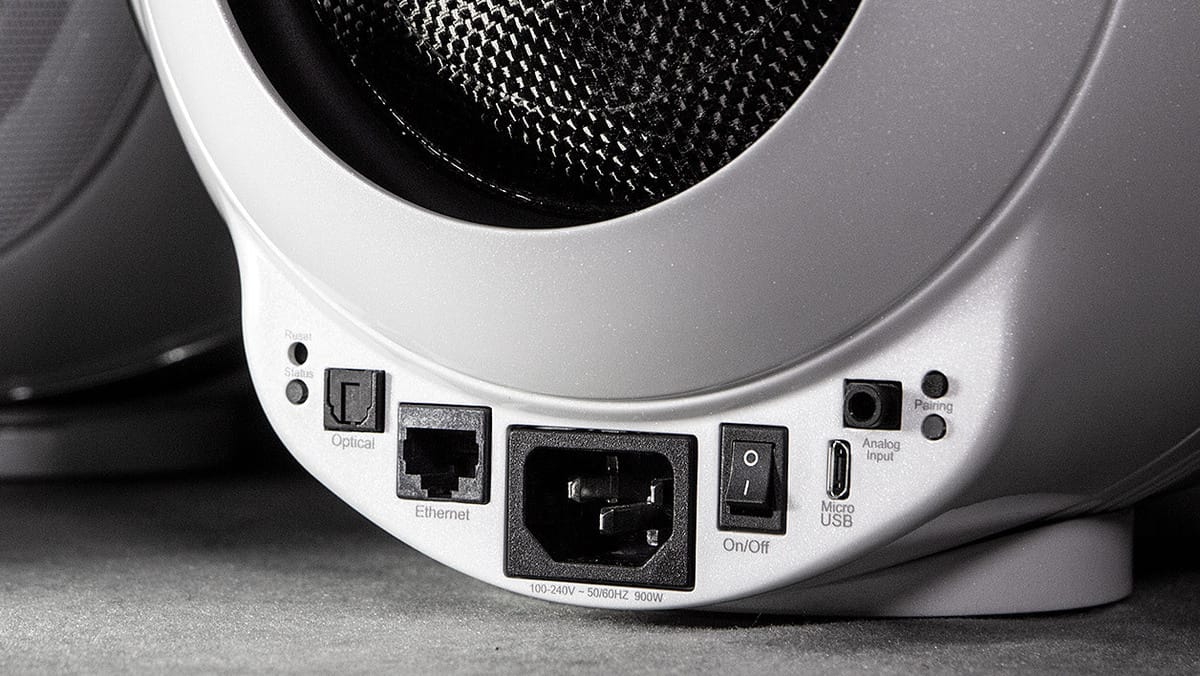
Software, still Cabasse’s weak point
The Stream Control app mentioned above not only provides the initial setup for the speaker, but it’s the one that will play music there. Forget AirPlay or Chromecast, this Wi-Fi model is unfortunately not compatible with wireless technologies from Apple and Google. It’s a shame for practicality, especially since AirPlay still offers sufficient speed for the equivalent of CD quality.
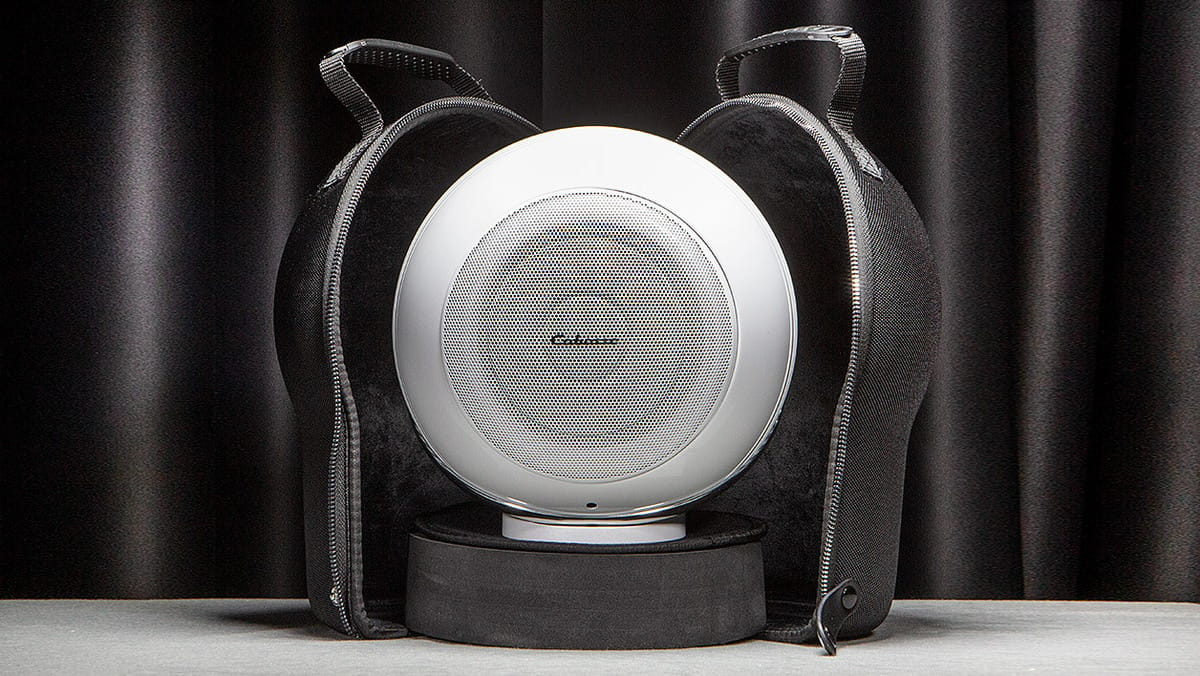
Of course, this is the minimum that these speakers deserve, so we advise you to use for example a Qobuz subscription which gives access to files ranging from CD quality (FLAC, 16 bit, 44.1 hKz) to Hi-Res quality (FLAC, 24 bit, 192 kHz). As with other streaming services (except Apple Music, which is largely absent from Stream Control), we therefore access the catalog directly from the Cabasse application. If you’re used to using the native app from your favorite streaming service, this might confuse you a bit at first.
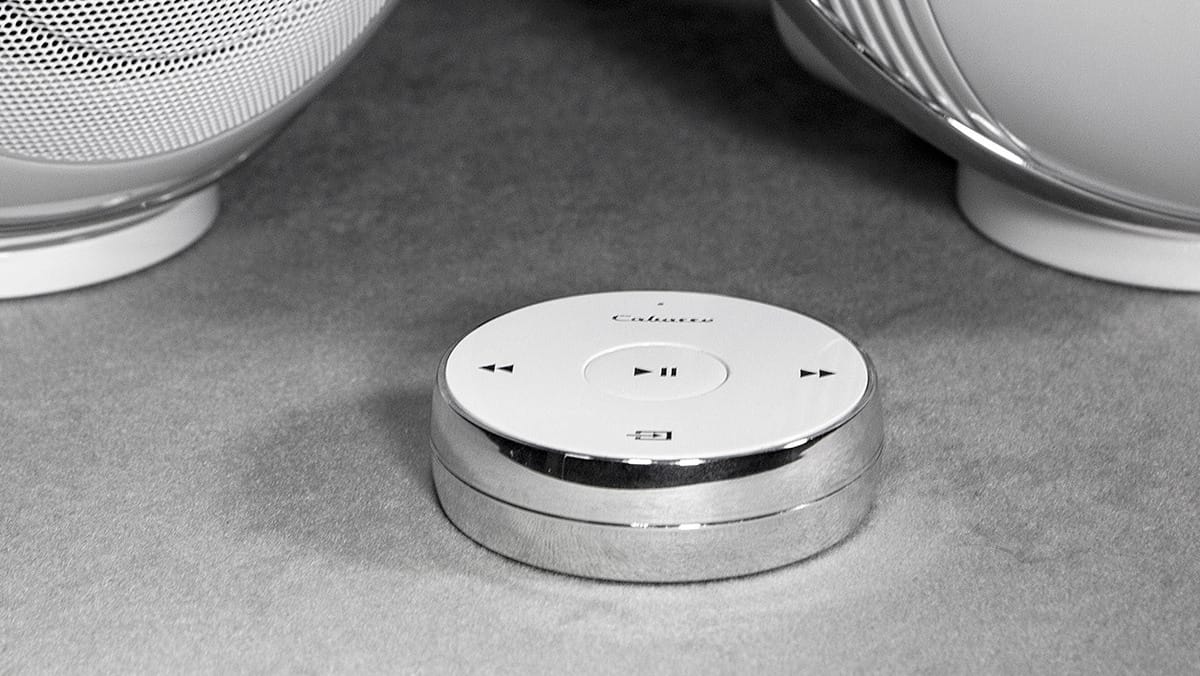
You have to take up new habits and get used to the Cabasse application, which is still not an ergonomic model. This is often one of the complaints that we make against the world of hi-fi: the interfaces are more complex, but they also offer access to a variety of options often nonexistent on the side of consumer products. For those who absolutely want to continue using their usual streaming application, it is however possible to connect their smartphone or tablet to the Pearl Akoya via Bluetooth. We reserve this solution for the more daring as the audio quality will not be up to this material.